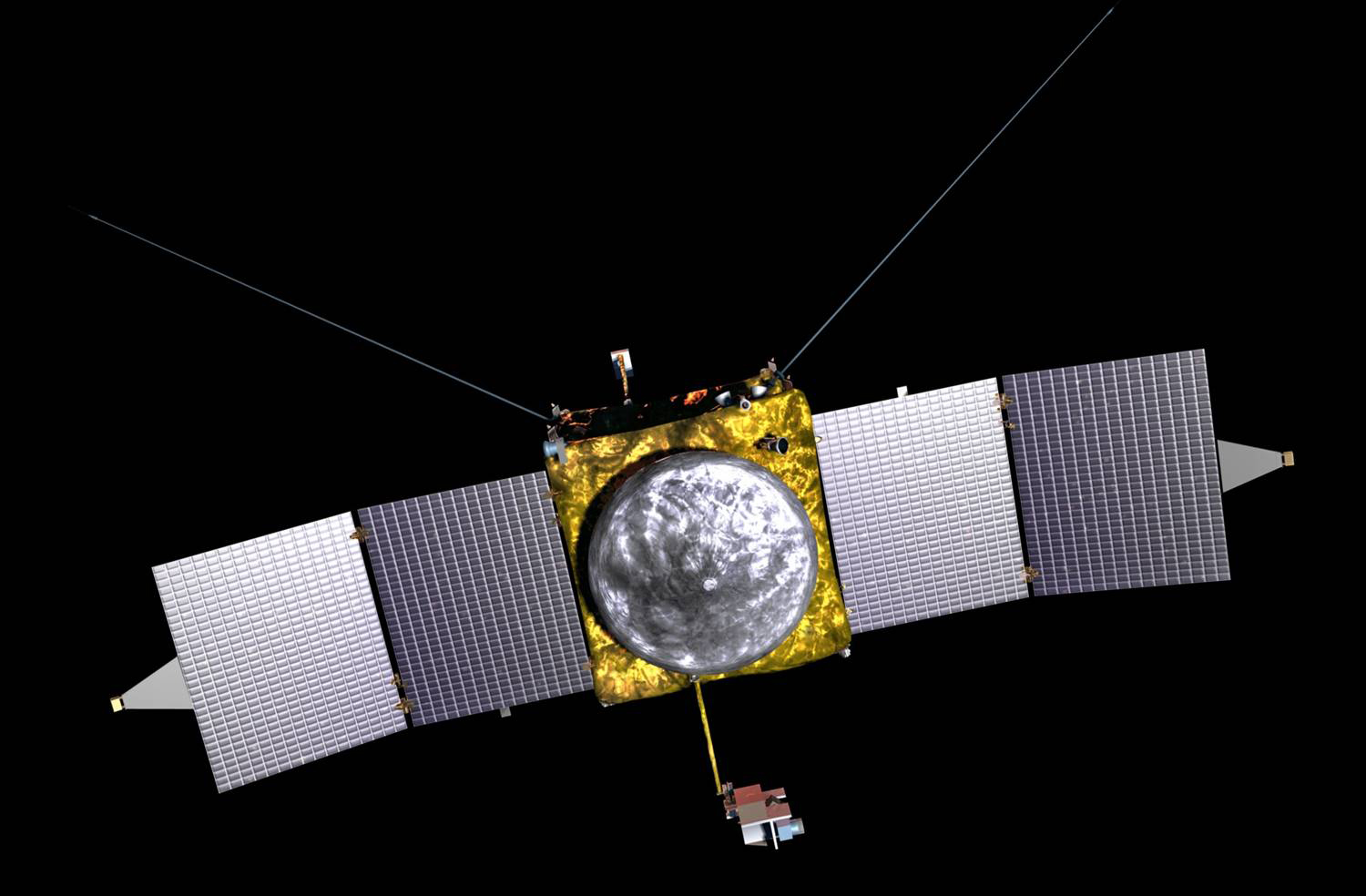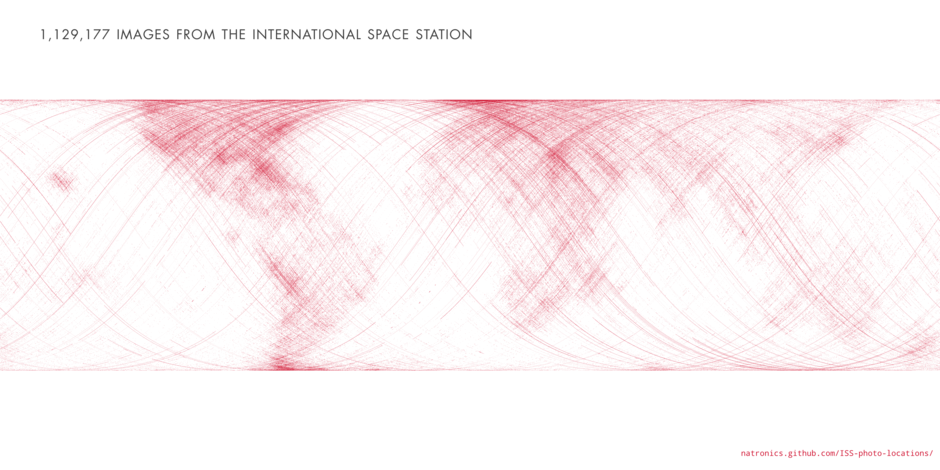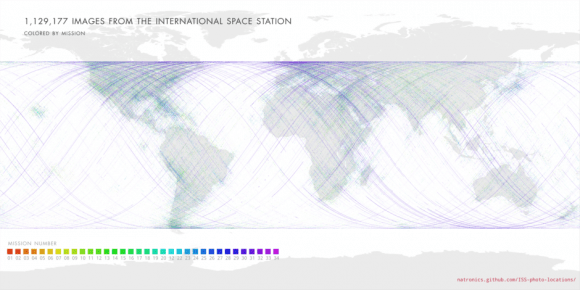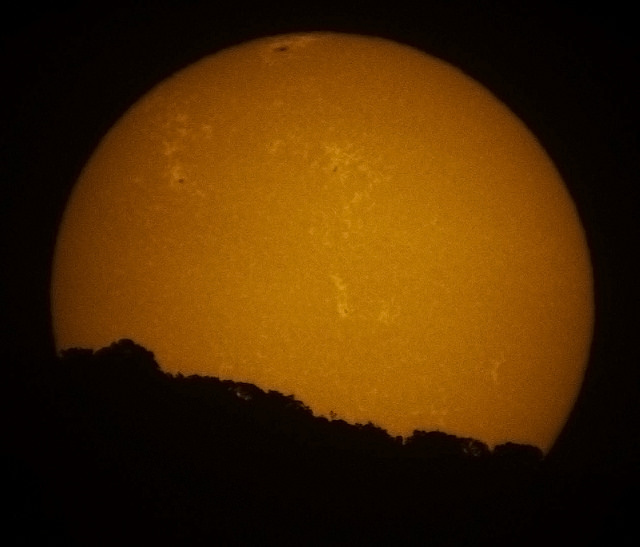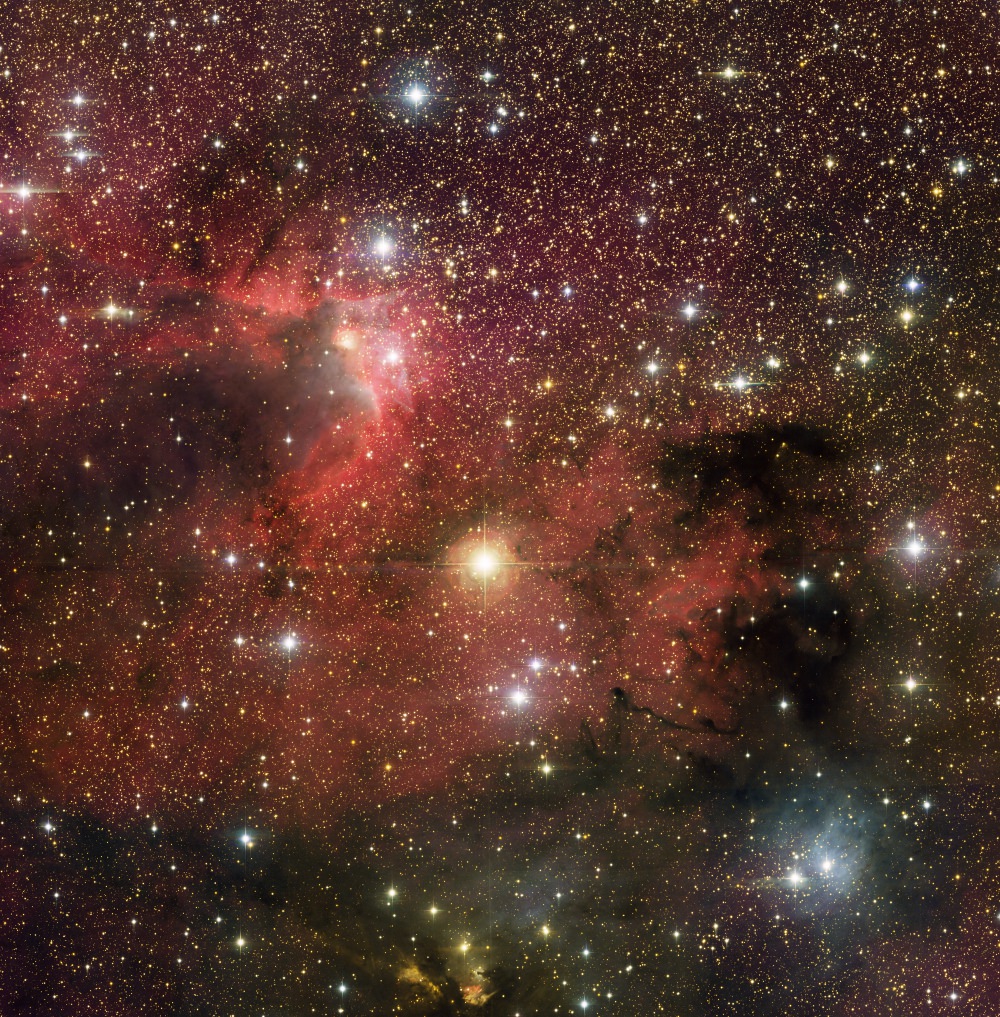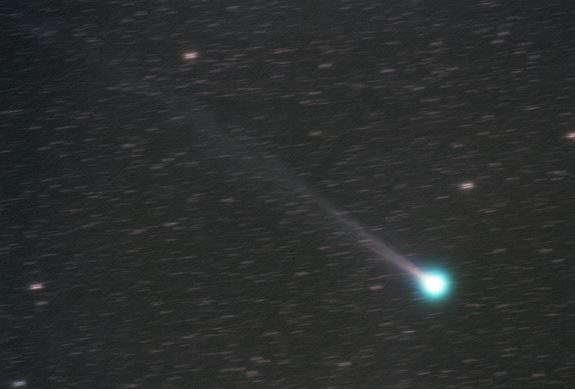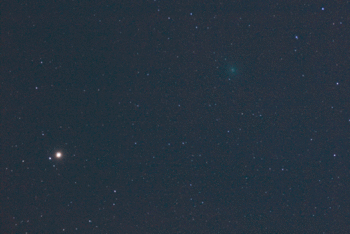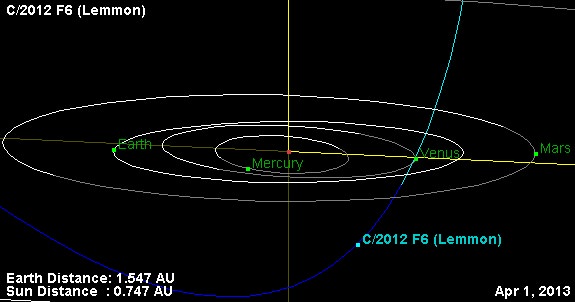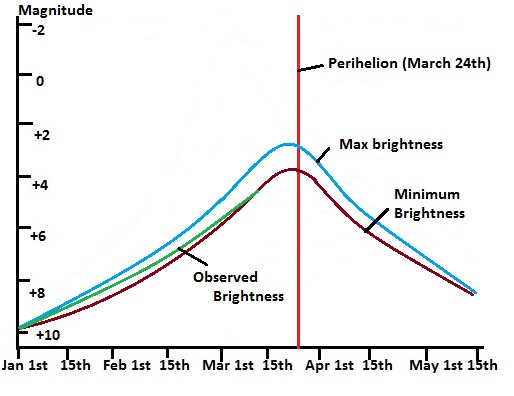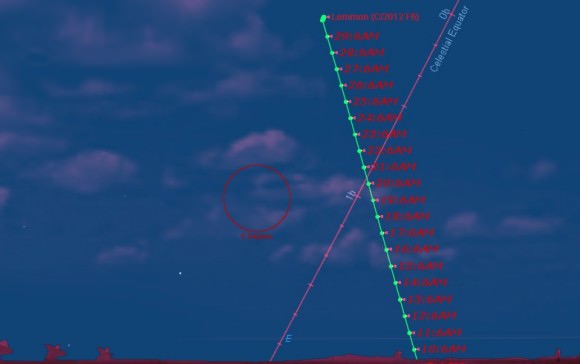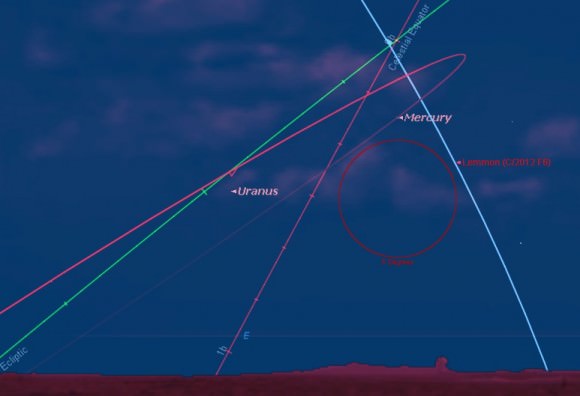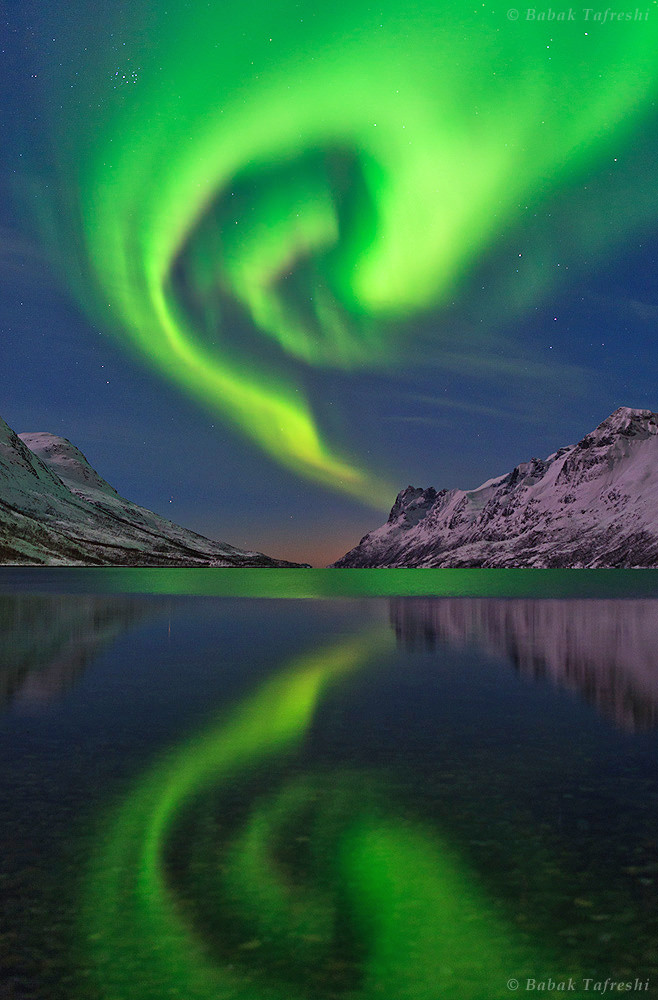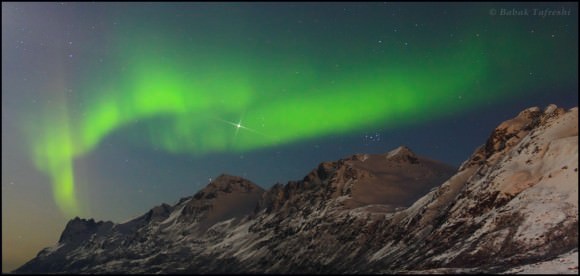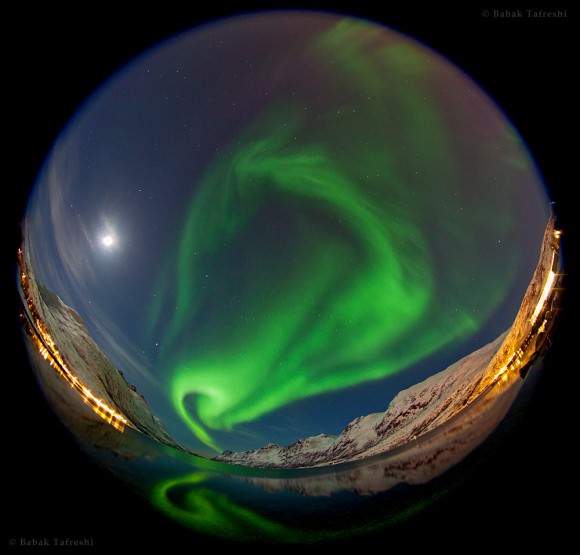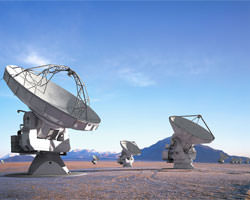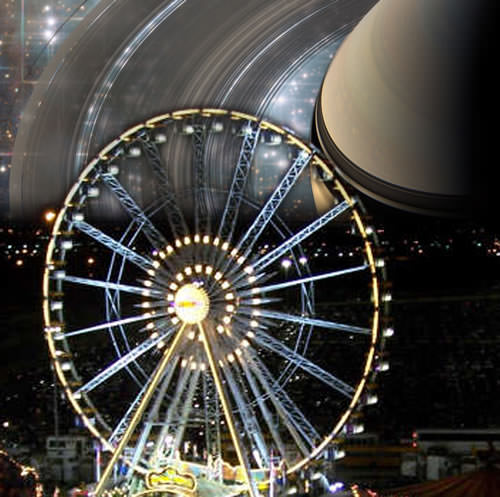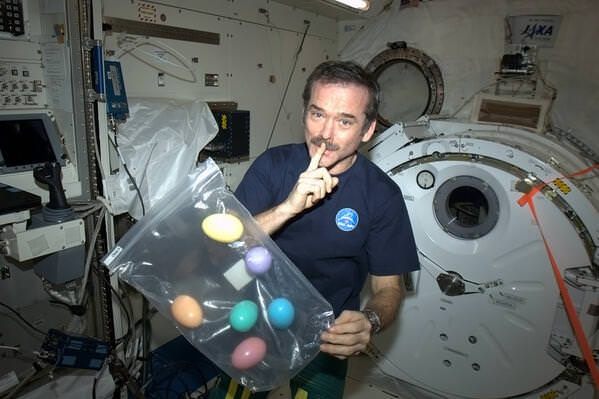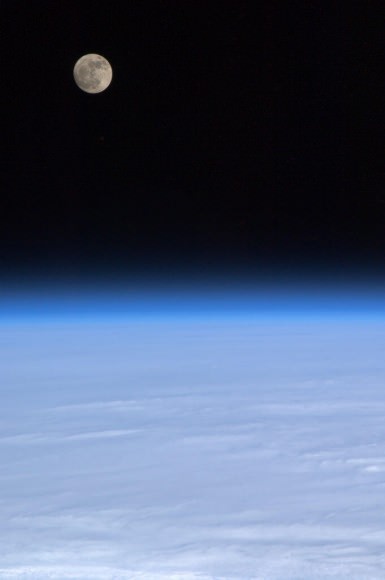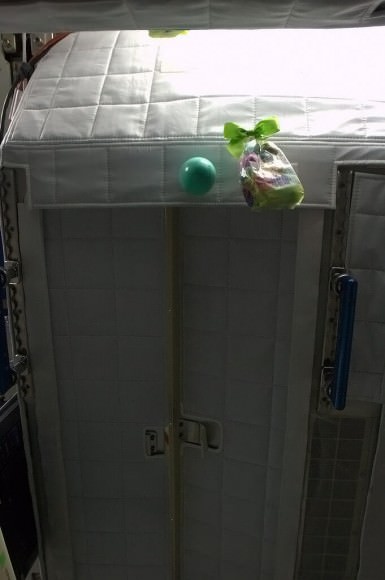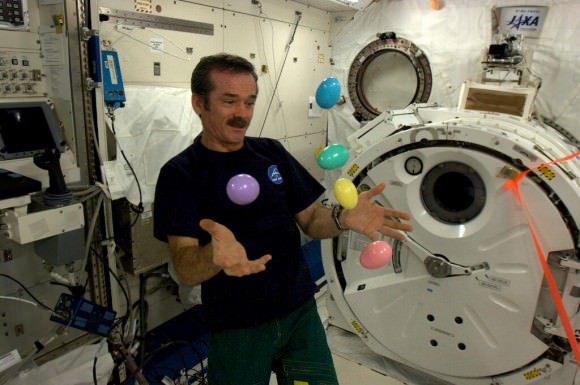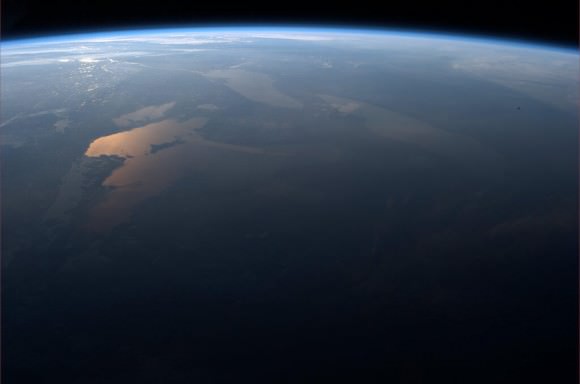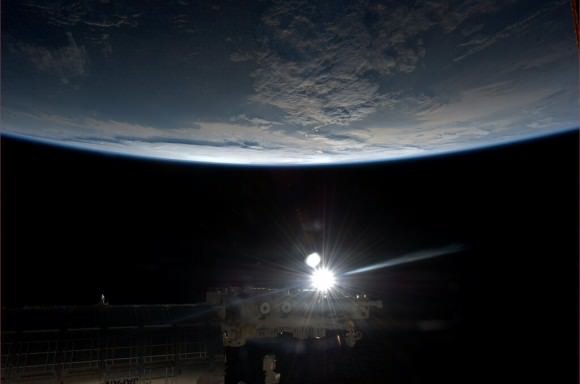One man claims to own the moon. Another promises to create effective lunar habitats. And yet another, a former astronaut, paints pictures of its surface.
Lunarcy! is a movie that chronicles our obsession with the Moon. It’s currently making the rounds at independent theatres, but before long it will be easy to watch it on cable, or even Netflix and Amazon.
The film chronicles the efforts of half a dozen people working, in their own way, to bring the notion of regular Moon exploration closer to reality. There’s Alan Bean, the Apollo 12 moonwalker who now paints scenes of lunar exploration. Or Dennis Hope, who has staked a claim on the entire Moon and has sold plots to interested homesteaders.
At the story’s center, however, is an ordinary man called Christopher Carson who is convinced he could be the first person to colonize the Moon — if he could only obtain enough money. Director Simon Ennis follows his efforts to get funds and awareness, sprinkling the rest of the movie with other lunar-loving people.
Universe Today caught up with Ennis, who answered our questions by e-mail.
1) What was your aim with filming/presenting Lunarcy?
As with any film, the aim is to make something that is entertaining, informative and moving. Something that can capture people’s imagination in some way.
2) Why is the moon so attractive to the people in you interviewed?
They all had different reasons. Some want to live there, some are inspired by it, for Dennis Hope (the man who owns it), he saw a business opportunity. Others are interested in space exploration in general and the Moon seems the most practical first step. Apollo astronaut Alan Bean has been there, so his attraction should be obvious.
3) One of your greatest challenges must have been trying to present some of the characters — people such as Christopher Carson, who has been ignored in his belief that living on the moon is possible — in a way that helps the audience feel understanding for their cause. How did you try to do that?
I don’t think that was much of a challenge actually. I only included subjects in the film who I felt a very strong affinity for, whose goals, quests or projects were ones that caught my imagination and that I could get behind myself. Considering that I felt understanding for the “cause”, I figured that would naturally come through to the audience.
4) A minor theme in Lunarcy! is presenting the moon as a viable place to do business — selling plots of land or colonizing it, for example. We also have companies that are looking to mine asteroids. But often, these plans meet with ridicule, as Newt Gingrich discovered when he promised a moon base. What, in your view, will it take for off-earth private ventures such as these to succeed?
I think they will ultimately succeed when they become financially viable industries. For that to happen, I suspect that some of the billionaire space enthusiasts (e.g. [SpaceX‘s Elon] Musk, [Virgin Galactic’s Richard Branson, etc) will have to invest their own funds to get various projects going and to show that they’re not only possible but viable. So far SpaceX seems to be doing just this.
5) What else would you like to add?
Lunarcy! will premiere on EPIX on April 3 and will be available on Netflix and Amazon at the beginning of July.


